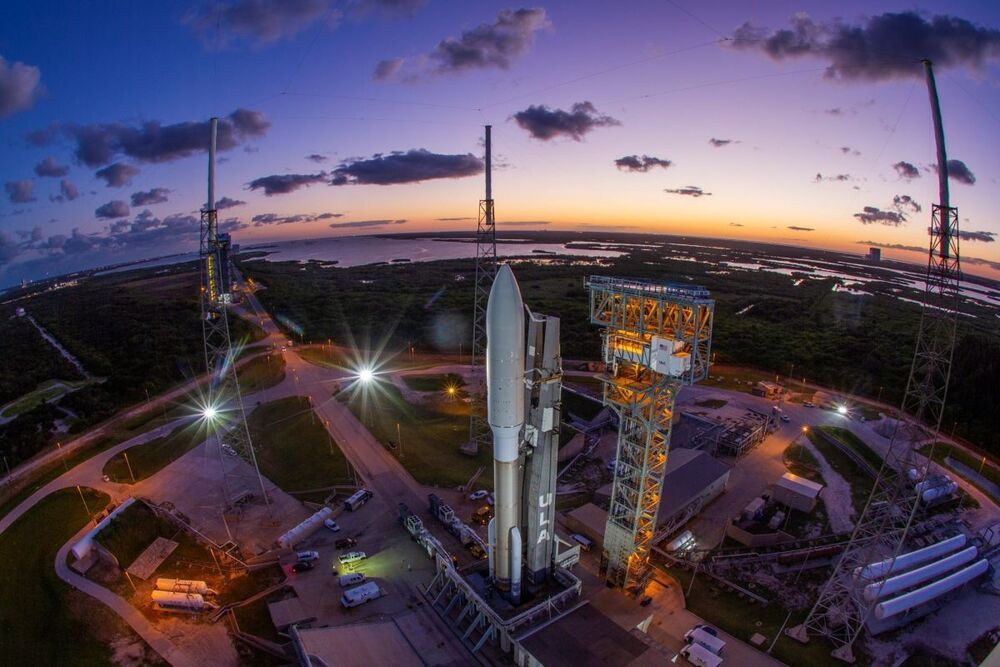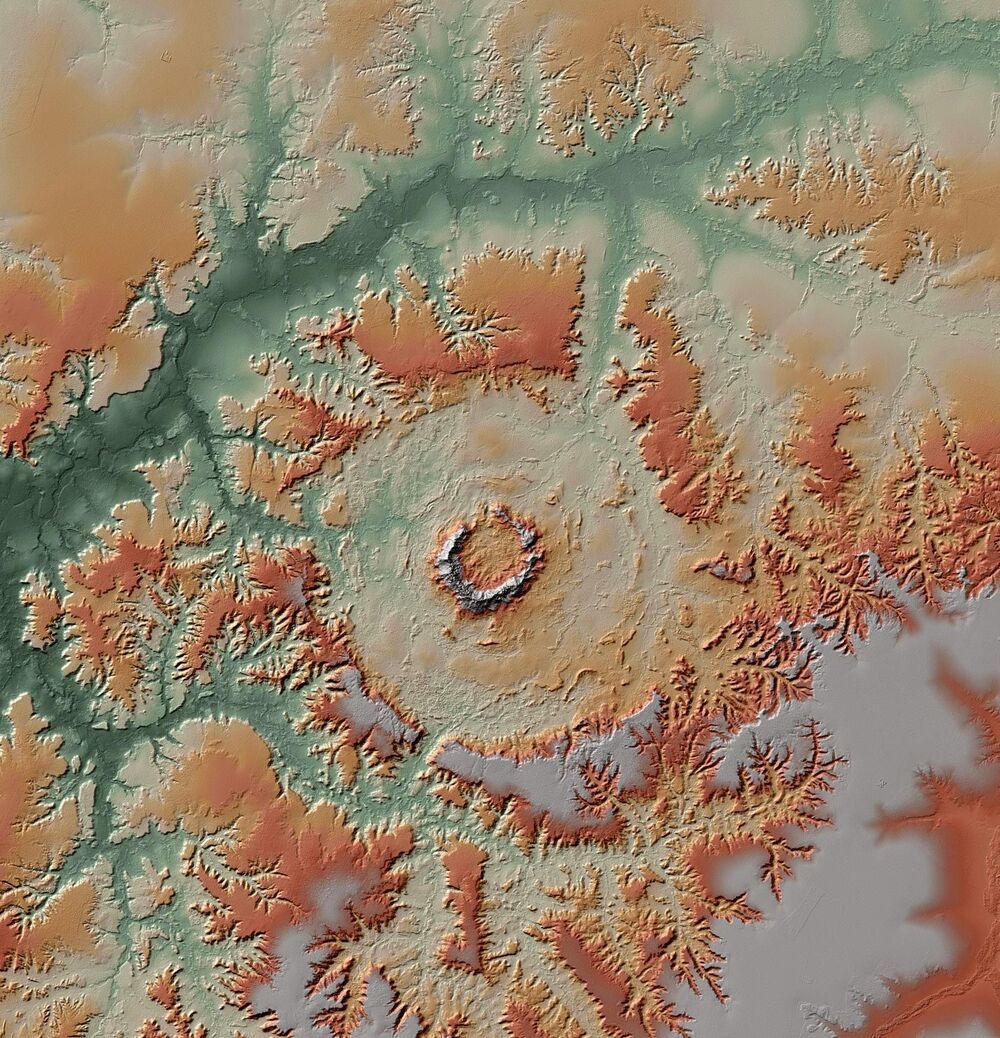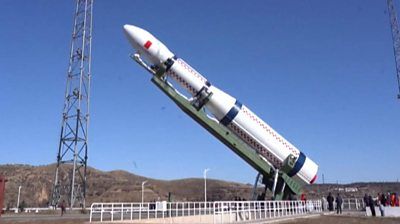Small, boxy satellites are ridesharing their way into outer space—and may lead to important advances in laser communications and cybersecurity.




Magnets are to be found everywhere in our daily lives, whether in satellites, telephones or on fridge doors. However, they are made up of heavy inorganic materials whose component elements are, in some cases, of limited availability.
Now, researchers from the CNRS, the University of Bordeaux and the ESRF (European Synchrotron Radiation Facility in Grenoble)[1] have developed a new lightweight molecule-based magnet, produced at low temperatures, and exhibiting unprecedented magnetic properties.
This compound, derived from coordination chemistry[2], contains chromium, an abundant metal, and inexpensive organic molecules. This is the first molecule-based magnet that exhibits a ‘memory effect’ (i.e. it is capable of maintaining one of its two magnetic states) up to a temperature of 240 °C. This effect is measured by what is known as a coercive field, which is 25 times higher at room temperature for this novel material than for the most efficient of its molecule-based predecessors. This property therefore compares well with that of certain purely inorganic commercial magnets.

There are no guarantees all those rockets will get off the ground on time, however.
The planned launch of a U.S. spy satellite this afternoon (Nov. 13) could kick off a binge of four liftoffs in four days, if we’re lucky.
The National Reconnaissance Office’s classified NROL-101 spacecraft is scheduled to launch atop a United Launch Alliance (ULA) Atlas V rocket at 5:13 p.m. EST (2213 GMT) today from Cape Canaveral Air Force Station in Florida. You can watch that mission live here at Space.com, courtesy of ULA, or directly via the company.


Starlink is a global satellite system being deployed by SpaceX to provide high-speed broadband Internet access to locations where it was unreliable, unreasonably expensive or completely inaccessible. All over the world, even in well-developed countries, there are many remote regions that are lagging far behind in the speed of digital development, and Germany is no exception. Nevertheless, good news awaits the residents of the country, because, according to a representative of Starlink, the company will enter the German market this year.
In Frankfurt am Main, the groundwork has been laid for the Starlink universal Internet offering. According to the relevant trade register entry, Starlink Germany GmbH must offer Internet connection services and the sale or rental of the necessary accessories.
“If everything goes according to plan, we will start this year in Germany,” said VP Build and Flight Reliability at SpaceX Hans Königsmann to Wirtschaftswoche. “Our mission is to provide fast Internet access to remote corners of the world.”

Prof. Dr. Thomas Kenkmann, geologist from the University of Freiburg’s Institute of Earth and Environmental Sciences, together with mineralogist Prof. Dr. Wolf Uwe Reimold from the University of Brasilia, Brazil, and Dr. Manfred Gottwald from the German Aerospace Center (DLR) published an atlas providing a comprehensive overview of all known impact craters on every continent. The authors present the more than 200 terrestrial impact sites in high-resolution topographic maps and satellite images, complete with detailed geological descriptions and photographs of the crater structures and their rocks. They also explain the essential details of each impact event.
The formation of craters by asteroid and comet impact has always been a fundamental process in the solar system, explains Kenkmann. As the planets developed along with their moons, these impacts played an important part in accreting planetary mass, shaping the surfaces of planetary bodies, and later also influencing their development. And larger meteorite impacts eventually affected the development of life on Earth.
Today, mapping of what can still be seen of the impact structures on the Earth’s surface can be done by satellites in low Earth orbit. From 2010 to 2016, the DLR successfully measured the Earth’s surface with the radar satellites of the TanDEM-X mission. The acquired data allowed, for the first time, to derive a worldwide terrain model with a height accuracy of up to one meter. From this global digital elevation model the authors have been able to produce this complete topographic atlas of 600 pages with information about all terrestrial impact craters known to date.
SpaceX’s Starship rocket system could help solve the problem of space junk, according to the company’s president and chief operating officer.
“There’s rocket bodies littering the space environment, and dead satellites,” said Gwynne Shotwell in an online interview with Time Magazine.

SpaceX has finally received approval from Canadian authorities to offer its Starlink satellite Internet service in the country, a decision that comes amid a recent expansion of the beta program in the US. With this approval in place, SpaceX will be able to offer rural Canadians access to high-speed broadband, something that will slowly expand into other countries, as well.

The telecoms industry is still several years away from agreeing on 6G’s specifications, so it is not yet certain the tech being trialled will make it into the final standard.
It involves use of high-frequency terahertz waves to achieve data-transmission speeds many times faster than 5G is likely to be capable of.
The satellite is meant to trial new technology expected to be many times faster than 5G.